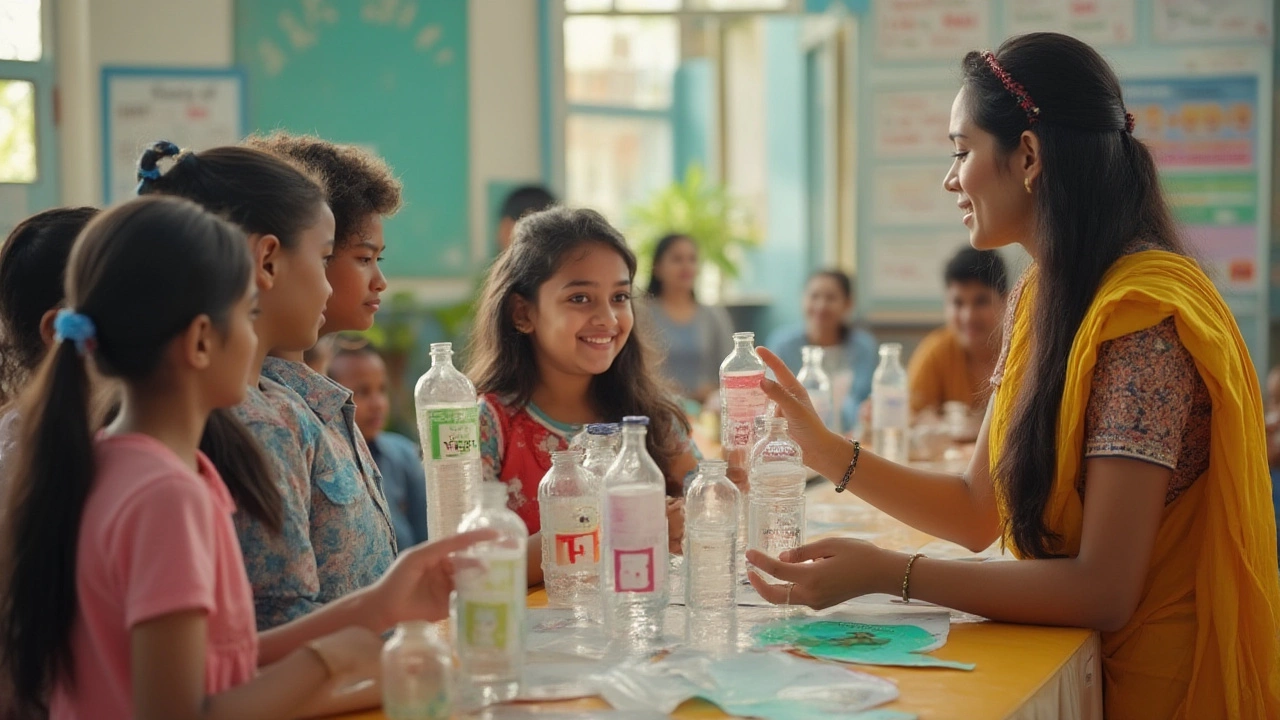PET Plastic – What It Is, How It’s Made, and Why It Matters
If you’ve ever grabbed a soda bottle or a food package, chances are you touched PET plastic. PET (polyethylene terephthalate) is a clear, lightweight polymer that’s strong enough for bottling drinks, packaging food, and even making textile fibers. Its popularity comes from three things: it’s cheap to produce, it can be recycled many times, and it resists moisture.
In India, PET accounts for a big slice of the packaging market. Local bottlers, FMCG companies, and textile mills rely on it every day. Understanding the basics helps anyone in the supply chain – from raw‑material buyers to end‑product manufacturers – make smarter decisions.
How PET Is Produced and Processed
The process starts with two main chemicals: terephthalic acid and ethylene glycol. When they react under heat, they form PET resin pellets. These pellets are melted and forced through a mould to create sheets, bottles, or pre‑forms. The key steps are extrusion, moulding, and cooling. Modern plants use automation to keep the melt temperature stable, which improves product consistency and reduces waste.
For small‑scale manufacturers, the pre‑form route is the easiest entry point. You buy pre‑forms, heat‑set them, and stretch‑blow into bottles. Larger firms often run their own extrusion lines and can produce PET film for packaging or PET flakes for recycling.
Recycling PET – Turning Waste Into Value
Recycling is where PET shines. After use, PET bottles are collected, cleaned, and shredded into flakes. These flakes are washed again, then melted and re‑extruded into new pellets. The quality of recycled PET (rPET) can match virgin PET if the cleaning process is thorough. India’s government has launched initiatives like the Plastic Waste Management Rules to push more collection and recycling facilities.
Businesses can tap into rPET for cost savings and eco‑branding. Many beverage brands now blend a percentage of rPET with virgin resin to meet sustainability goals. If you’re a buyer, ask suppliers for the rPET content and certifications – it’s a quick way to verify quality.
Besides bottles, PET is used in textiles (the “polyester” you find in clothes), automotive parts, and even 3‑D printing filament. Each application has its own performance specs, but the base material remains the same.
Key trends shaping PET in India include growth in bottled water consumption, stricter packaging regulations, and rising demand for recycled content. Companies that invest in in‑house recycling or partner with local recyclers can lock in lower raw‑material costs and stay ahead of compliance rules.
To sum up, PET plastic is a versatile, cost‑effective material that dominates Indian packaging. Knowing how it’s made, how to recycle it, and where the market is headed lets you make better purchasing, production, and sustainability choices. Whether you’re a startup looking to launch a PET bottle line or a big brand aiming to increase its recycled content, the fundamentals are simple: source quality resin, keep the process clean, and stay aware of regulatory shifts. That way you get a product that works, saves money, and does its part for the planet.

What Does the Number 1 on Plastic Really Mean? Safe Uses, Dangers, and Recycling Tips
Find out what plastic number 1 means, why it matters, and how to reuse or recycle PET plastics safely. This guide explains risks, recycling tips, and surprising facts.
Read More